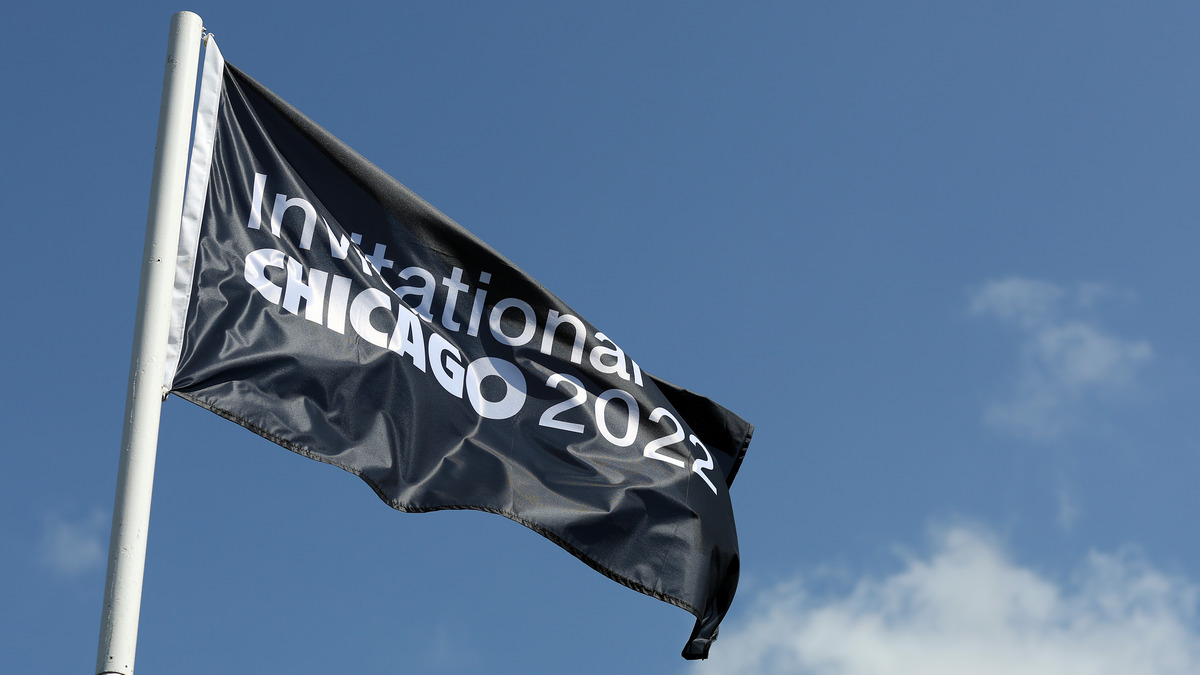
This week is the start of the 5th LIV event taking place in the greater Chicago area at Rich Harvest Farms.
Amazingly, the breakneck speed in the ascension of the LIV Tour has been the most impactful golf story in 2022. Few, outside the inner circle of its creators, thought such a counterweight to the PGA Tour would entice the range of players it now has in its growing staple.
The PGA Tour was slow to respond but as momentum grew the brain trust in Ponte Vedra pushed back initially with its first detailed response during the week of The Travelers Championship in late June. The biggest response to date was delivered by Commissioner Jay Monahan just before the start of this year’s Tour Championship in Atlanta and the shock waves from that announcement are still reverberating.
LIV has recently added players who are in the prime of their respective careers. Securing the likes of Cameron Smith – winner of this year’s Players Championship and The Open at St. Andrews – was a clear differentiator. Adding the likes of 23-year-old Joaquin Nieman is another prime-time player on his way to golf stardom.

What life will LIV have in ’23?
That’s hard to say as a number of questions — both outward and inward need clarity. The landscape of professional golf has clearly shifted and what the future holds could well be determined by the actions that happen in the near term.
Several key areas come into view —
***
Future television deal
Eyeballs matters. LIV does not have a major television deal in the North American marketplace and unless that happens it will remain in the darkest of shadows. Will an American network opt in to provide coverage? That’s hard to say with certainty. Any of the major networks that operate in the United States will need to think through on the ramifications of being involved with an enterprise backed solely by money from Saudi Arabia.
The optics for a network to do so given the track record of the Saudis in the area of human rights abuses and the failure of the Kingdom to treat women as equals could seriously hold back American networks from doing so.
Without a meaningful television contract, the wherewithal for LIV to truly compete against the PGA Tour will mean having a serious anchor around its neck.
LIV has stated a desire to only schedule its events around the key PGA Tour events that take place. In 2023, LIV will stage 14 events and mandating that those competing under its banner play all of them.
Interesting to note further — both Amazon and Apple have expressed no interest in working out a deal with LIV on the streaming side. LIV has stated it is close to some sort of television deal but it will not happen until the ’23 season.
With several LIV events being played internationally the need to have a powerful media partner is clearly the highest priority.
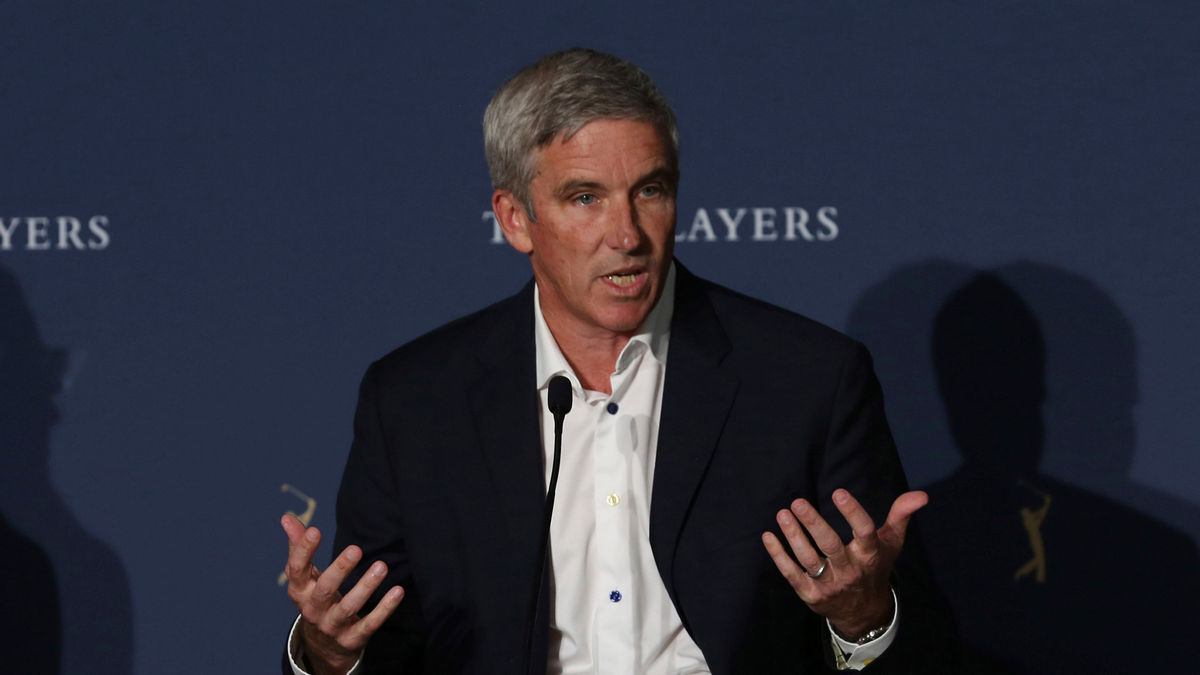
World ranking points
The status of professional golfers is inexorably linked to the accumulation of world ranking points. The accumulated points provide access to the legacy events with the annual four major championships leading the way.
Greg Norman, the commissioner of LIV, has petitioned the review panel that ultimately decides if events held merit consideration for world ranking points. What makes the issue problematic for LIV is that several of the voting members have already stated clear positions on how they view LIV’s emergence. The seven-member group includes PGA Tour Commissioner Jay Monahan, R&A CEO Martin Slumbers, USGA CEO Mike Whan, Augusta National, the PGA of America, the International Federation of PGA Tours and Keith Pelley, CEO of the PGA European Tour.
Concerns have been raised by LIV’s Greg Norman that Monahan and Pelley has compromised his position on the committee because of his previous comments on LIV. Additional concerns have been raised that finalizing the process is being dragged along slowly thereby impacting players on LIV in terms of their overall standing globally. The rankings are the primary means for admission into the four majors.
If LIV is turned down, the possibility of litigation looms.
Securing the next generation of players for LIV could well be determined by whether world ranking points happens. The inability to secure such points could well jeopardize participation for such new stars in the major championships. Would the next generation of players willingly opt for LIV if the likelihood in ever competing in the Masters is not likely or the other three other majors?
The answer to that question is pivotal.
For the best of the best players — winning one or more major championships is the ultimate barometer in assessing overall true greatness when measured against past players who have played the sport.
Access to the four major championships
At the highest of levels, the four major championships ultimately determine the lasting impact any player hopes to achieve.
The crucial ingredient is that none of the four majors — Masters, PGA Championship, U.S. Open, The Open — are under the roof of either the PGA Tour or LIV. They are separately run and each has their own protocols regarding which players can compete and the structure they include.
LIV’s emergence came after this year’s Masters and PGA Championship. At the U.S. Open and The Open — players who were otherwise eligible and now playing under the LIV roof were given access to play in the championship proper.
But nothing is assured with the ’23 calendar just around the corner.
What will be most interesting is how the Masters handles the situation. Fred Ridley, the Augusta chairman, has not stated any definitive comments. Given the worldwide stature of the Masters the comments from Ridley will be parsed to a fine degree.
Augusta National is a private club and it is the club alone which determines the eligibility criteria for the field. Ridley could very well state that active LIV players are persona non grata at the Masters. He could also state that those who have been previously eligible will remain so — even with the LIV involvement. This would include past green jacket winners such as Phil Mickelson, Dustin Johnson, Patrick Reed, Bubba Watson, Sergio Garcia, and Charl Schwartzel.
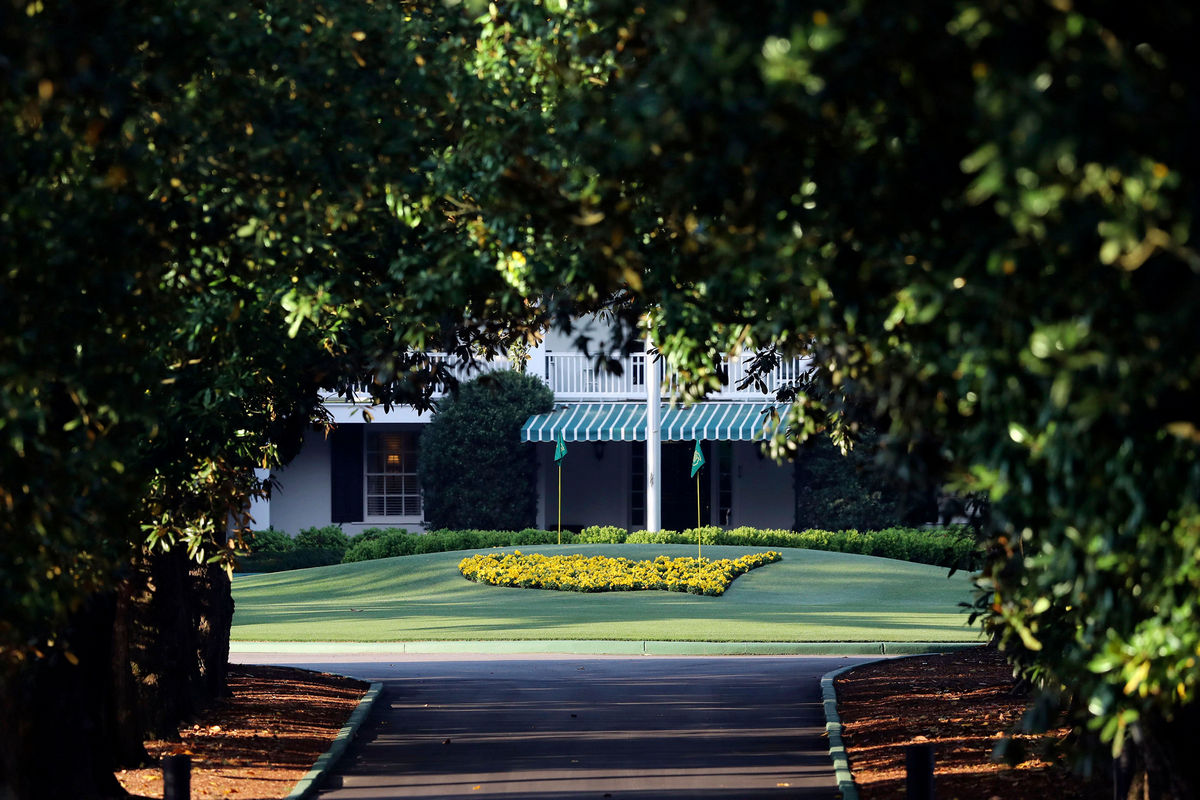
What Ridley says will likely set the terms for what the other major events will do. PGA of America CEO Seth Waugh indicated earlier in ’22 that LIV players who formerly played on the PGA Tour will not be eligible for the association’s flagship event since PGA Tour membership provided honorary connection to the PGA of America. If Ridley opts to include eligible LIV players to the Masters the next major played will be the PGA Championship in May. Will Waugh stand by his original comments and preclude those players from competing at Oak Hill?
Waugh will need to either follow-thru on his original comments or walk them back in some manner.
The two Opens will also need to calibrate their respective actions. With the word “open” in each title the two groups — the USGA and R&A — will need to wrestle with how they maintain the fundamental spirit of the two oldest major championships in the sport. Whan and Slumbers have both made no future commitments and should they opt to disinvite previously eligible players it’s more than likely litigation will ensue to assure participation.
For the younger generation of players, the access to the four majors is a crucial matter. The primary emphasis for LIV has been the mass amount of money connected to its operation. If access to the majors is denied — these players will then need to decide how they wish their future careers to be ultimately defined and if not being eligible to possibly win a green jacket is something they can handle.
The Masters is still several months away but the entire golf community will be watching closely what Fred Ridley says on the topic. If the domino of the Masters falls in favor of LIV — then the other majors will likely need to follow suit.
Should access be provided — the PGA Tour will need to think seriously about its next steps because it will be conceivable even more players will then bolt to LIV.
LIV’s present tournament format
-54-hole competitions-
Operationally LIV provides for a 54-hole competition with a limited number of players competing. Professional golf for many, many years has operated under the model of roughly 150-player fields competing over 72 holes — four 18-hole rounds daily.
Does 54-hole golf truly test the skillsets of elite players? Rory McIlroy, one of the sport’s elite players and a member of the PGA Tour, says it does not.
Will LIV consider such a change in ’23? That’s hard to say because conformity is not something LIV has based its model upon. Maintaining the 54-hole model could well be the deciding point on whether world ranking points are awarded or not.
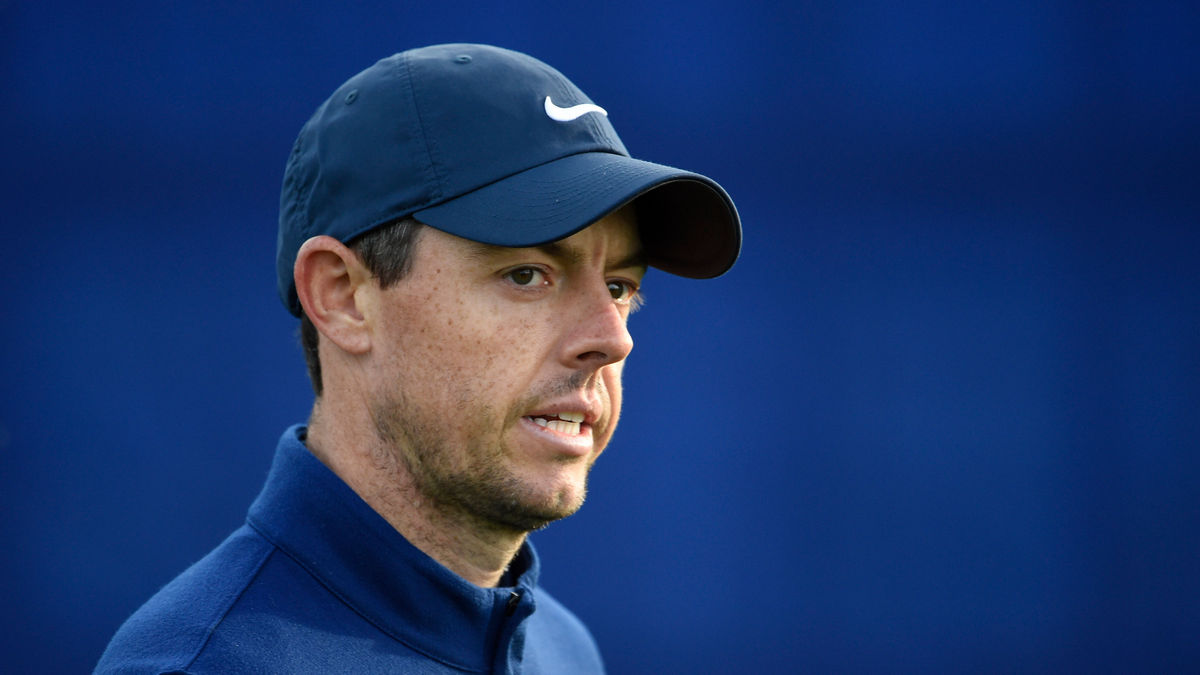
-No cuts involved-
LIV also provides for a no cut policy in its events. For many years professional golf worldwide has operated under the provision that after 36-holes of stroke play a low number of players — ranging anywhere from 60-70 — will continue to play the final 36 holes of the competition. The imposition of a “cut” has been a fundamental premise in sorting out players who are scoring the lowest against those that are not.
Those missing the “cut” historically were not paid. Only those players making the “cut” received some form of compensation. LIV operates without a “cut” and permits all of its players to finish the 54-hole event. Even the last place person in the field earns $120,000.
The PGA Tour announced prior to this year’s Tour Championship that will provide for some compensation for those missing the “cut” in the ’23 calendar year for the events it stages.
The major championships in golf have not signaled, thus far, any change in the manner by which they operate in terms of how “cuts” are handled through their respective events.
-Shotgun starts-
LIV’s tournament format calls for “shotgun starts.” This means all players competing are designated to begin their rounds on a given hole at the same time. This format is used by clubs throughout the world when hosting far lesser events.
At the elite professional level — the usage of “shotgun starts” has not been practiced — until the arrival of LIV.
The usage of “shotgun starts” can prove to be a useful tactic given the need to have the actual golf be scheduled within a certain amount of time and thereby be more conducive to whenever a television deal is reached.
From a golfing standpoint — the usage of “shotgun starts” causes issues in terms how the golf round progresses as certain key holes will come up in different parts of one’s round. Does this matter? The people at LIV don’t see this as an issue. Will golf fans globally matter? That answer remains to be seen.
-Team format, meaningful or sideshow-
LIV has brought forward a “team” concept with its operating structure. The four-man teams are modeled after others sports such as Formula One racing which includes a team concept in order to draw sponsors and build another revenue stream for its participants.
Golf has historically been played as an individual sport with rare times when such long-time events as the Ryder Cup are played. The PGA Tour created the Presidents Cup as an off-year team event in order to reap the dollars involved with such a competition but the overall fanfare tied to it pales against that of the Ryder Cup.
LIV envisions having teams that golf fans can bet on throughout the course of the season and while the concept sounds at this point to be more of a sideshow — the nature of having teams being injected into the solo competition might prove to be a useful addition but at this point it’s more spectacle than meaningful.
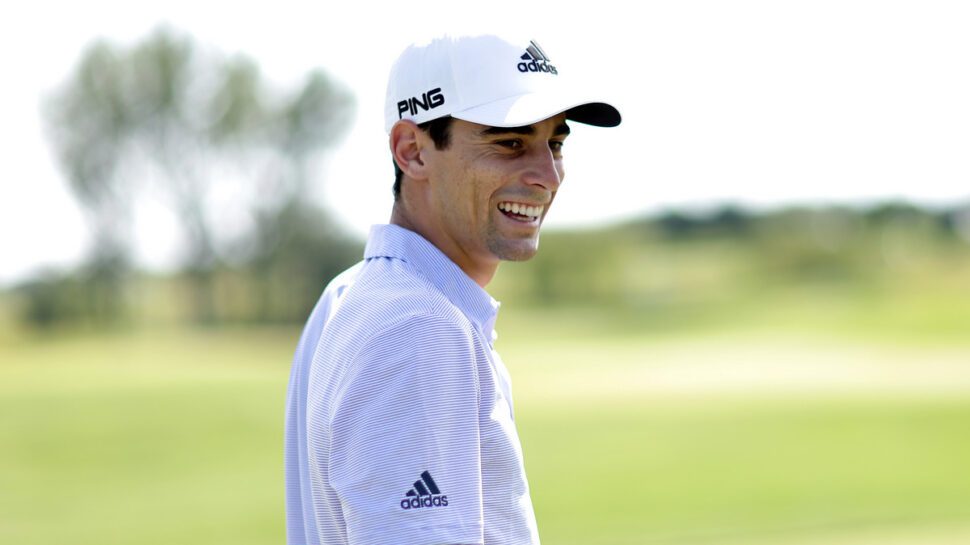
Golf’s stakeholders – the reaction
The events LIV has staged, to date, have not exactly been on the shortlist of the elite venues where the sport has staged its greatest events. Places like The Centurion Club, Pumpkin Ridge, Trump Bedminster, The International and now Rich Harvest Farms do not come rolling off the tongue when the greatest courses globally are discussed.
The issue for LIV going forward is convincing such facilities to become a future venue. For any potential host club, the broader issue is whether hosting a LIV event will brand them as an outlier and therefore be pushed aside from having traditional events which they have hosted previously.
The same can be said for various sponsors — whether they be equipment companies, apparel companies, high end products and others occupying the top rung in sponsorship. Will such sponsors want to have their names associated with a tour underwritten by a country where women are treated as second class citizens and where human rights abuses are common?
The issue of “sportswashing” has become more of a focal point. Where the lead group that organizes the event needs to thoroughly vet the source of money for such events. If the primary contributor is seen as using the vehicle of sports to brandish an image that belies its past or present actions, then those administering various tournament may need to take a long hard look before signing the dotted line and compromising themselves in the process.
